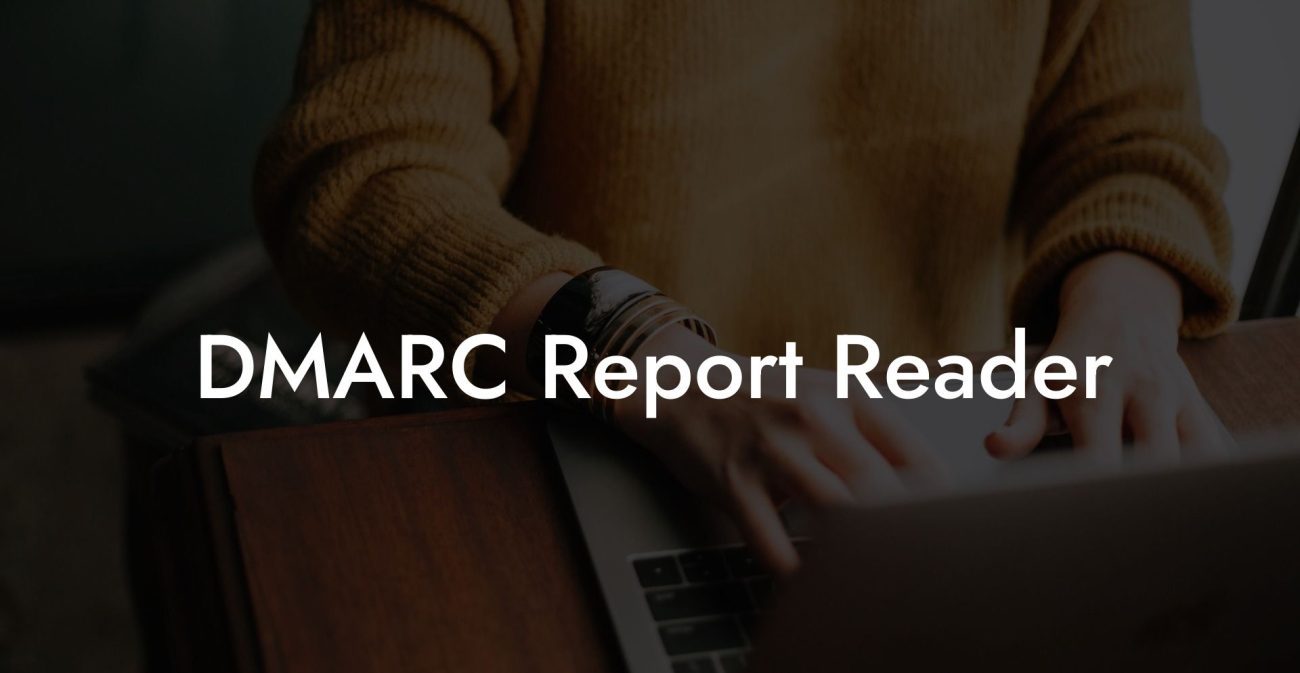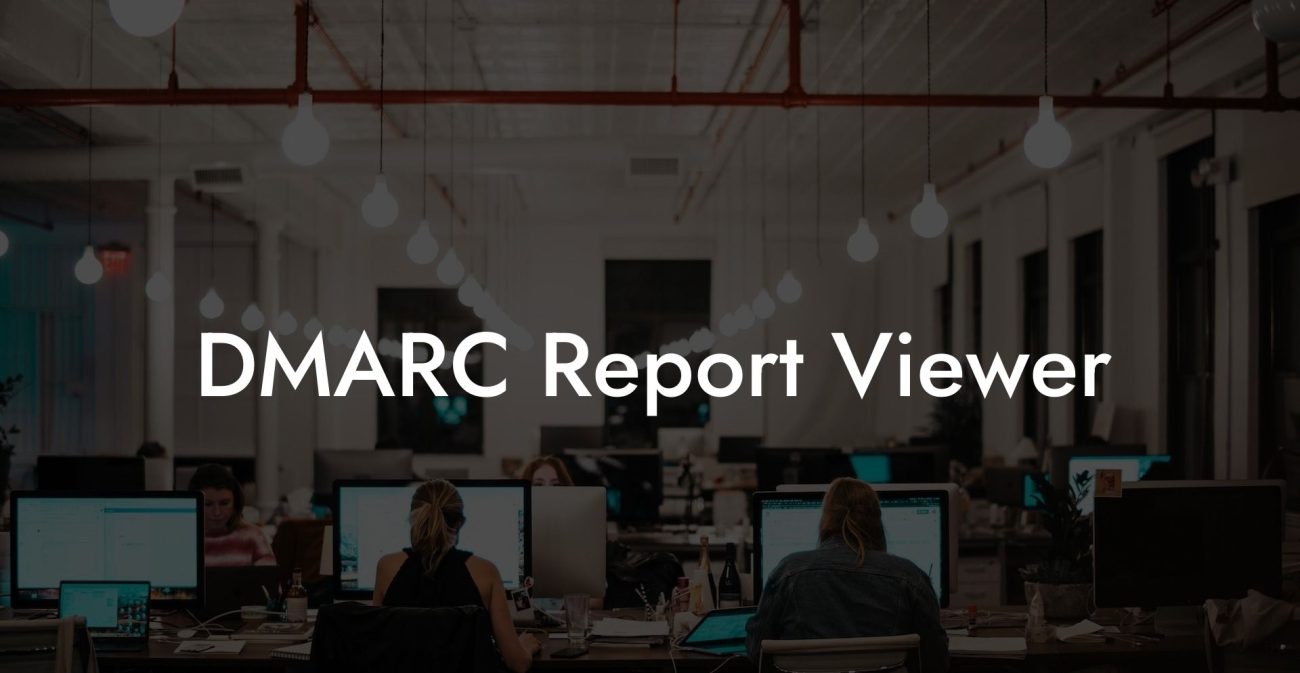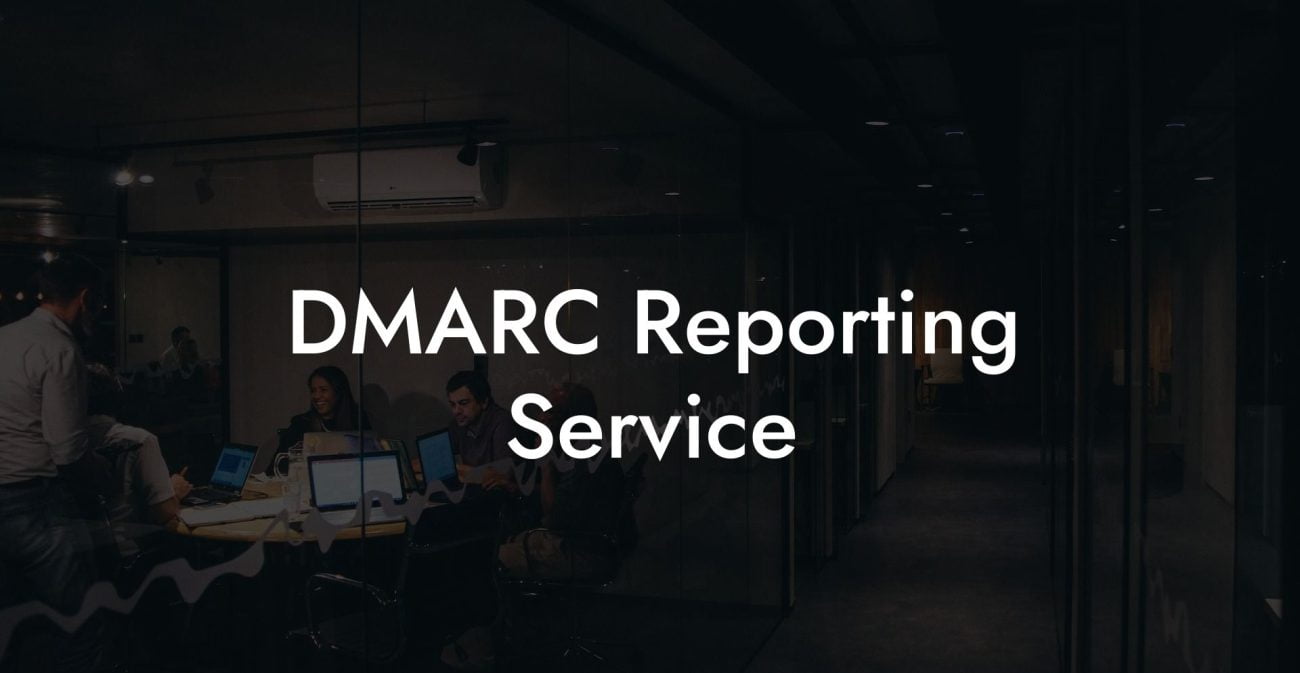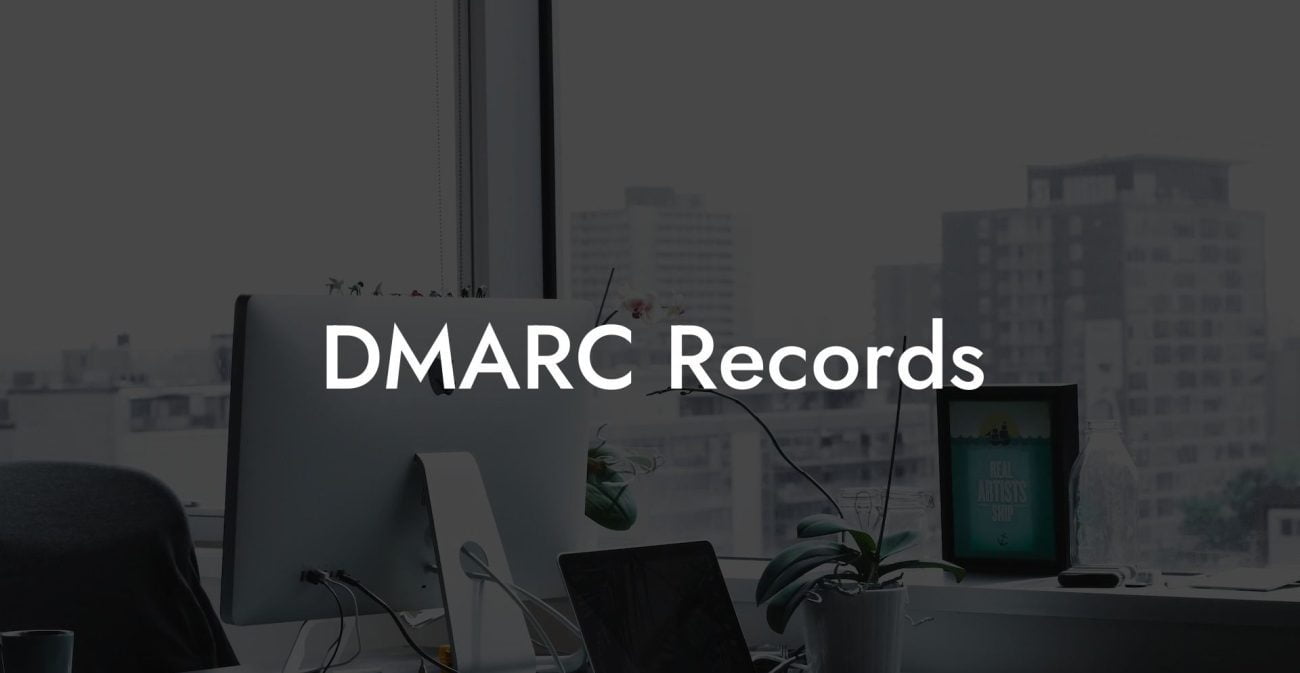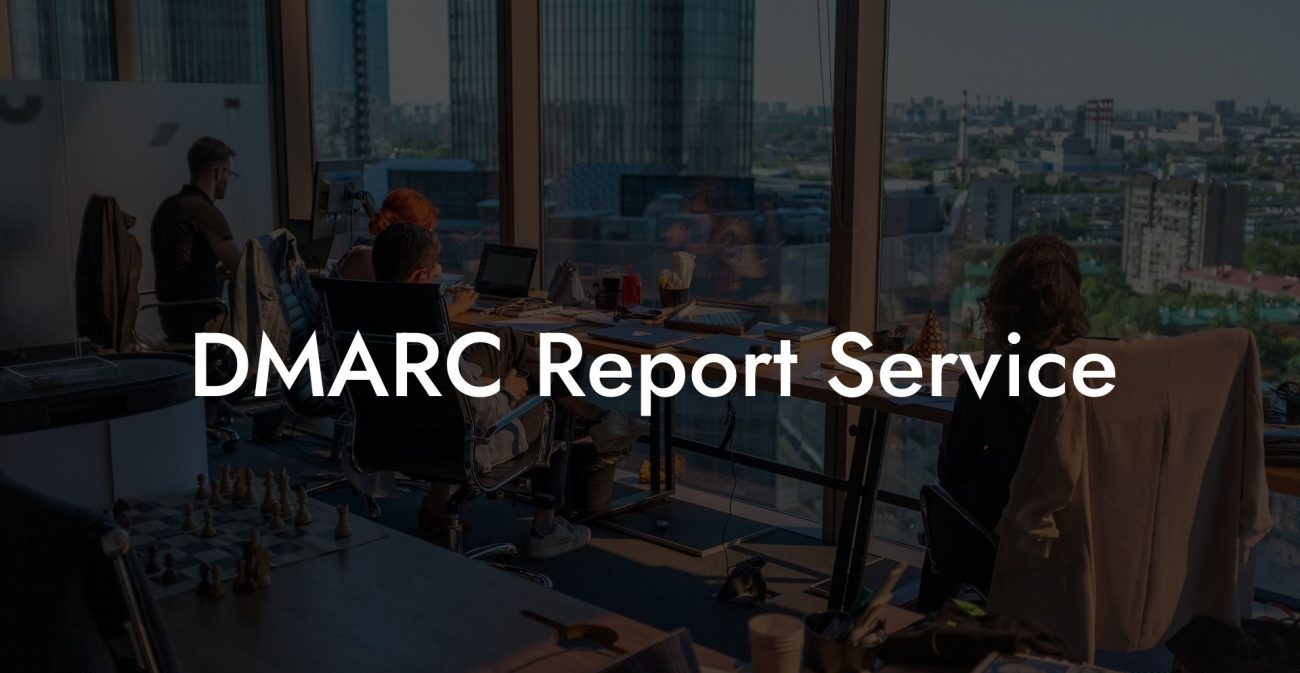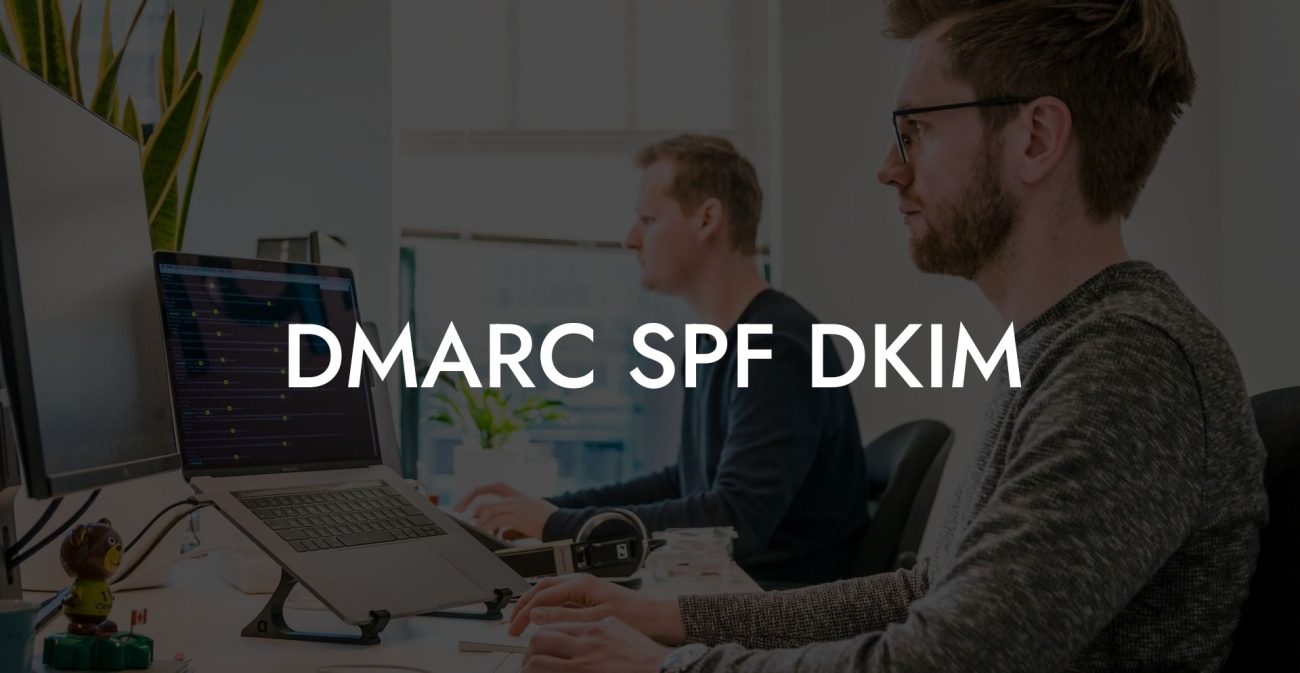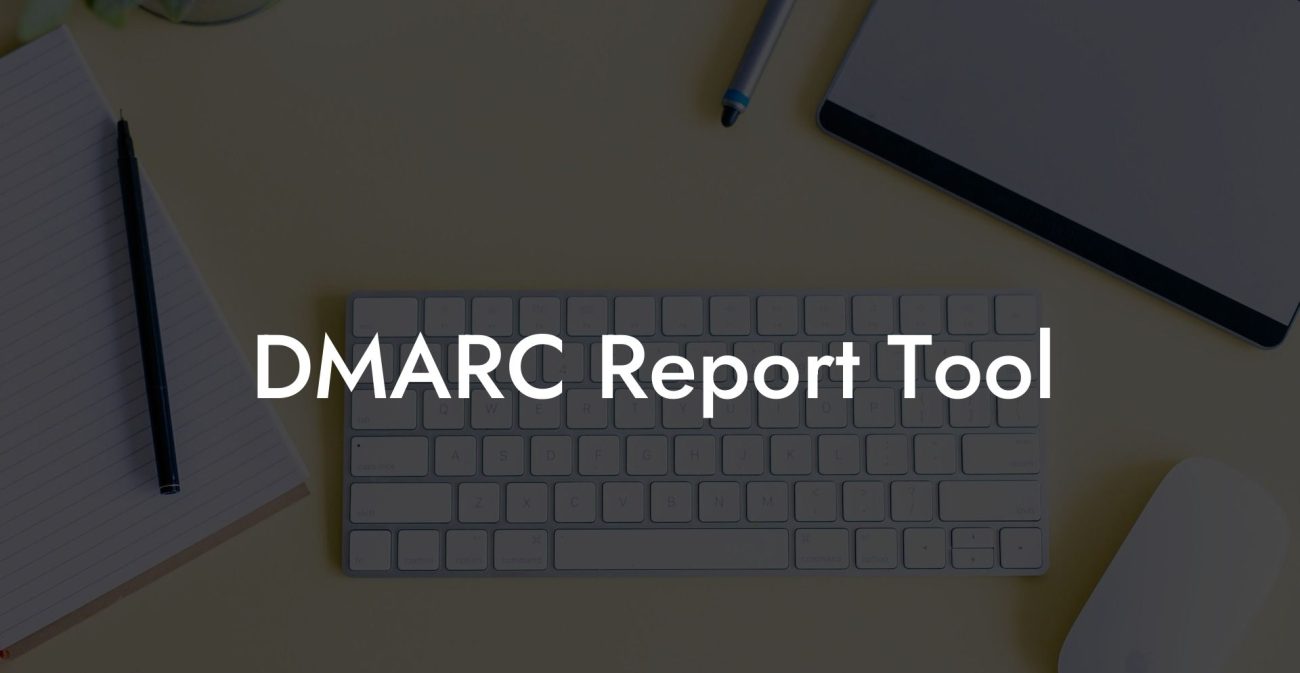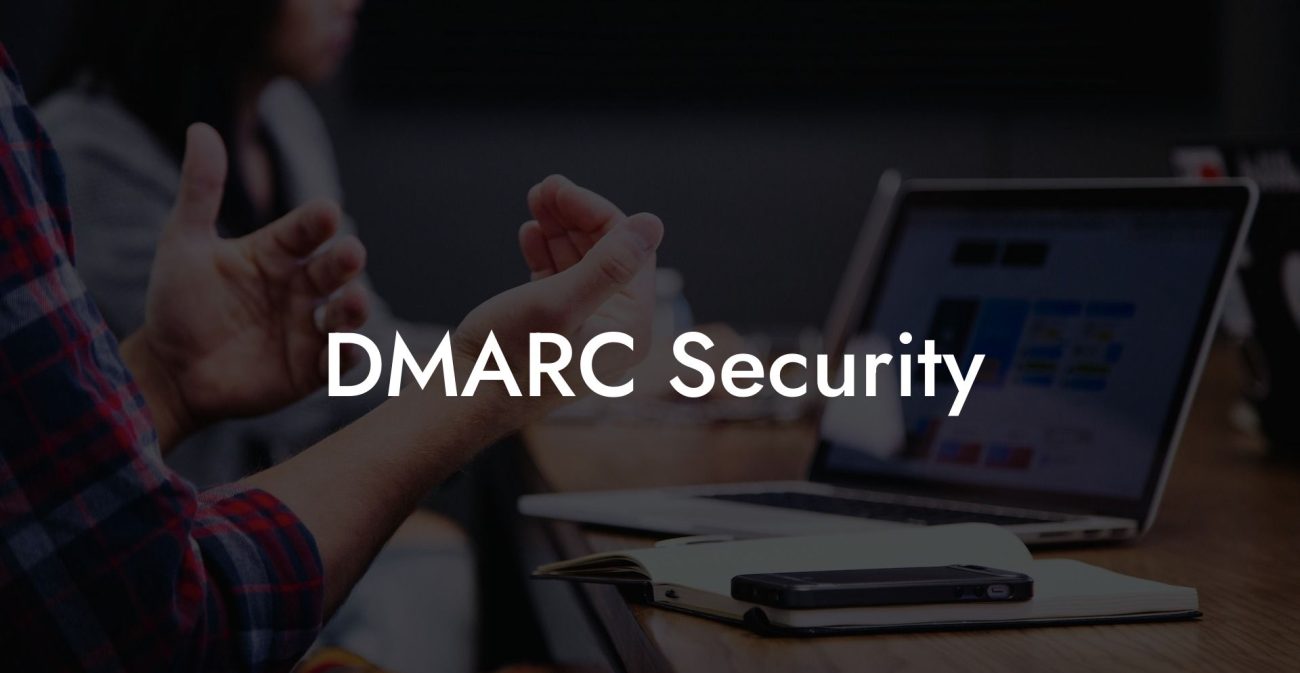The importance of email security cannot be overstated, and one crucial element of protecting your inbox is by implementing a Domain-based Message Authentication, Reporting, and Conformance (DMARC) record. In this guide, we'll walk you through the steps to create a DMARC record, helping to protect your domain from fraudulent emails and boost your email deliverability.
How To Create DMARC Record Table of Contents
Understanding DMARC
DMARC is an email authentication protocol that uses Sender Policy Framework (SPF) and DomainKeys Identified Mail (DKIM) to detect and mitigate email spoofing. By implementing DMARC, domain owners can specify how to handle emails that fail authentication checks, thus preventing unauthorized senders from using their domain to send phishing or spam emails.
The Components of a DMARC Record
Protect Your Data Today With a Secure Password Manager. Our Top Password Managers:
A DMARC record consists of several tags, each with a specific function:
- v (Version): Specifies the DMARC version, which should always be "DMARC1".
- p (Policy): Instructs receiving mail servers how to handle unauthenticated emails. The options are "none" (monitor mode, no action taken), "quarantine" (treat as suspicious and possibly place in spam folder), and "reject" (discard unauthenticated emails).
- sp (Subdomain Policy): Same as the "p" tag but applies to subdomains. If not specified, the domain's policy applies to subdomains as well.
- adkim (Alignment Mode for DKIM): Defines the strictness of DKIM alignment, with "r" for relaxed alignment (default) and "s" for strict alignment.
- aspf (Alignment Mode for SPF): Same as "adkim" but for SPF alignment.
- rua (Reporting URI for Aggregate Reports): Specifies the email address that will receive aggregated reports from receiving mail servers.
- ruf (Reporting URI for Forensic Reports): Specifies the email address for receiving forensic reports detailing individual email authentication failures.
- rf (Report Format): Report format can be "AFRF" (default) or "IODEF".
- ri (Report Interval): Sets the interval between aggregate report deliveries (in seconds), default is 86400 (1 day).
- fo (Failure Options): Determines what types of DKIM and SPF failures will trigger forensic reports. Options are "0" (both must fail), "1" (either must fail, default), "d" (DKIM failure only), "s" (SPF failure only).
Creating Your DMARC Record
- Determine the appropriate policy: Decide if you want to monitor, quarantine, or reject unauthenticated emails, and choose your desired policy for subdomains as well.
- Select alignment modes: Choose the alignment modes for DKIM and SPF based on your desired level of strictness.
- Configure reporting options: Determine the email addresses for both aggregate and forensic reports, the report format, and the report interval.
- Create the DMARC record: Using the chosen parameters, create a DNS TXT record with a syntax like this: `v=DMARC1; p=none; sp=none; rua=mailto:aggregate@example.com; ruf=mailto:forensic@example.com; rf=AFRF; ri=86400; fo=1; aspf=r; adkim=r`.
- Implement the record: Add the DMARC TXT record to your domain's DNS settings. The hostname should be "_dmarc" followed by your domain, like "_dmarc.example.com".
How To Create DMARC Record Example:
Suppose you own the domain "mydomain.com" and want to implement a DMARC policy that quarantines unauthenticated emails, has relaxed alignment modes for both DKIM and SPF, and sends aggregate and forensic reports to specific email addresses. Your DMARC record might look like this:
v=DMARC1; p=quarantine; sp=quarantine; rua=mailto:agg_reports@mydomain.com; ruf=mailto:forensic_reports@mydomain.com; rf=AFRF; ri=86400; fo=1; aspf=r; adkim=r
Next, you would create a DNS TXT record for "_dmarc.mydomain.com" with the above DMARC record as the record's value. This would instruct receiving mail servers to quarantine emails on authentication failure, and send reports to the specified email addresses.
Congratulations on taking the critical step of setting up a DMARC record to protect your domain and improve your email deliverability! Remember that email security is an ongoing effort, and it's essential to continually monitor and revise your DMARC settings as needed. Feel free to share this guide with others and explore more articles on Voice Phishing to strengthen your cybersecurity knowledge.
Protect Your Data Today With a Secure Password Manager. Our Top Password Managers:





